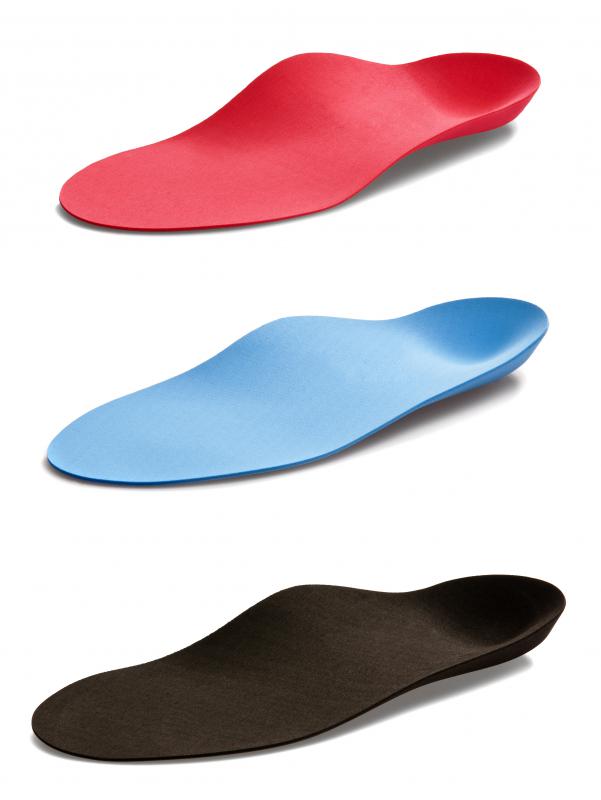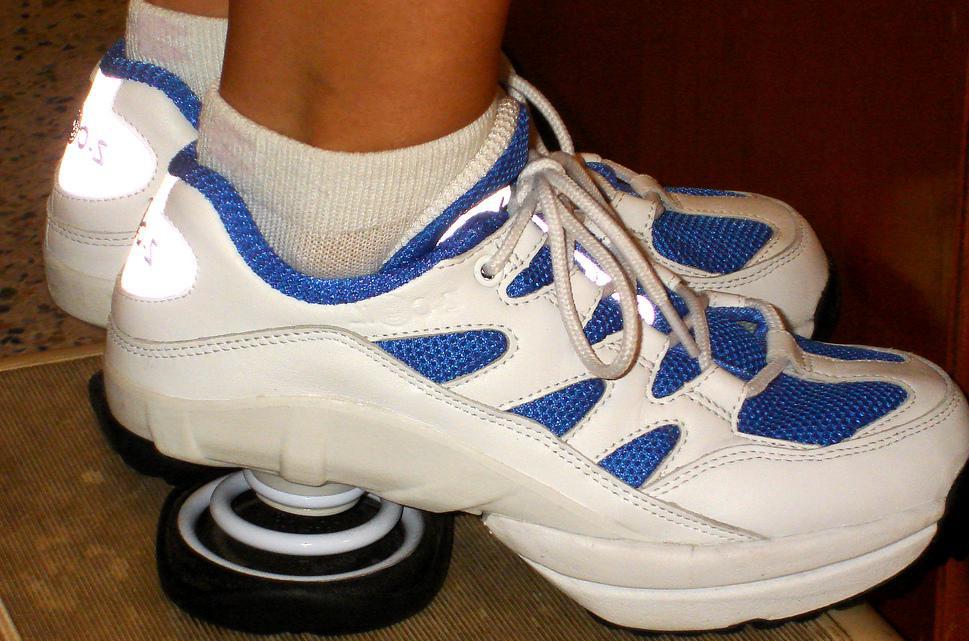At WiseGEEK, we're committed to delivering accurate, trustworthy information. Our expert-authored content is rigorously fact-checked and sourced from credible authorities. Discover how we uphold the highest standards in providing you with reliable knowledge.
How Do I Choose the Best Men's Cross-Training Shoes?
Unlike regular running shoes, men's cross-training shoes offer lateral support and strength often absent in running shoes. Regular running shoes are meant to cushion the foot from front to back because this is the regular motion of running; men's cross-training shoes are meant to handle a variety of activities, from running to racket sports, from cardio workouts to team sports such as basketball. When choosing the best men's cross-training shoes, consider what you will be using the shoes for, and what kind of special features you are looking for. If, for example, you know you have weak ankles, consider a shoe with extra ankle support.
The key to the best cross-training shoes for men is the sole. The sole of the shoe should effectively cushion the foot for running and walking as well as side to side motion. Make sure the shoe you choose has strong rubber that won't wear out quickly and will grip on a variety of surfaces. Also make sure the shoe offers sufficient cushioning in the heel, where much of the force of running and other activities will concentrate. You don't, however, want to choose men's cross-training shoes with excess padding in the heel because this can lead to instability when executing lateral movements. The insole of the shoe should offer support on top of the sole, and it should sufficiently support the arch of the foot. This will promote natural movement of the foot front to back, and it will offer support when moving laterally.

For certain types of cross-training that will have the user using the ball of the foot for balance and support, consider a sole that has added support in that area on the sole. Racket sports such as racquetball or tennis, for example, require the player to spend a significant amount of time on the balls of the foot, so naturally, the shoe should add support and comfort in this area. Be sure to choose a shoe that does not have square ends on the sole; a rounded edge will help the user support the foot in fast, lateral motions.

Good cross-training shoes will also be lightweight. Bulky shoes, like basketball sneakers, may be good for certain applications, but cross-training often requires the user to move quickly in a variety of directions. A lightweight shoe will keep the user from feeling bogged down and slow. More importantly than weight, however, is fit. Men's cross-training shoes should fit snugly at all points around the feet without being too tight and causing pressure points. The idea is to keep the foot stable within the shoe to prevent blisters and hot-spots. Cross-training requires the user to move in many directions quickly, so the shoe must fit snugly in all directions.
AS FEATURED ON:
AS FEATURED ON:













Discussion Comments
I bought a pair of cross trainers for men that didn't cost a lot of money at all. Many shoe stores offer special sales during the season, so there is not reason to spend a fortune on the best shoes.
I have found that two important characteristics apply to the best cross training shoes for men. First of all, they need to have a thick sole and heal, because this extra cushioning will absorb shock from motion.
Cross trainers that are heavy will not provide the best workout. Therefore, a thick sole combined with a lightweight shoe will be the best cross training shoes for most athletes.
Post your comments